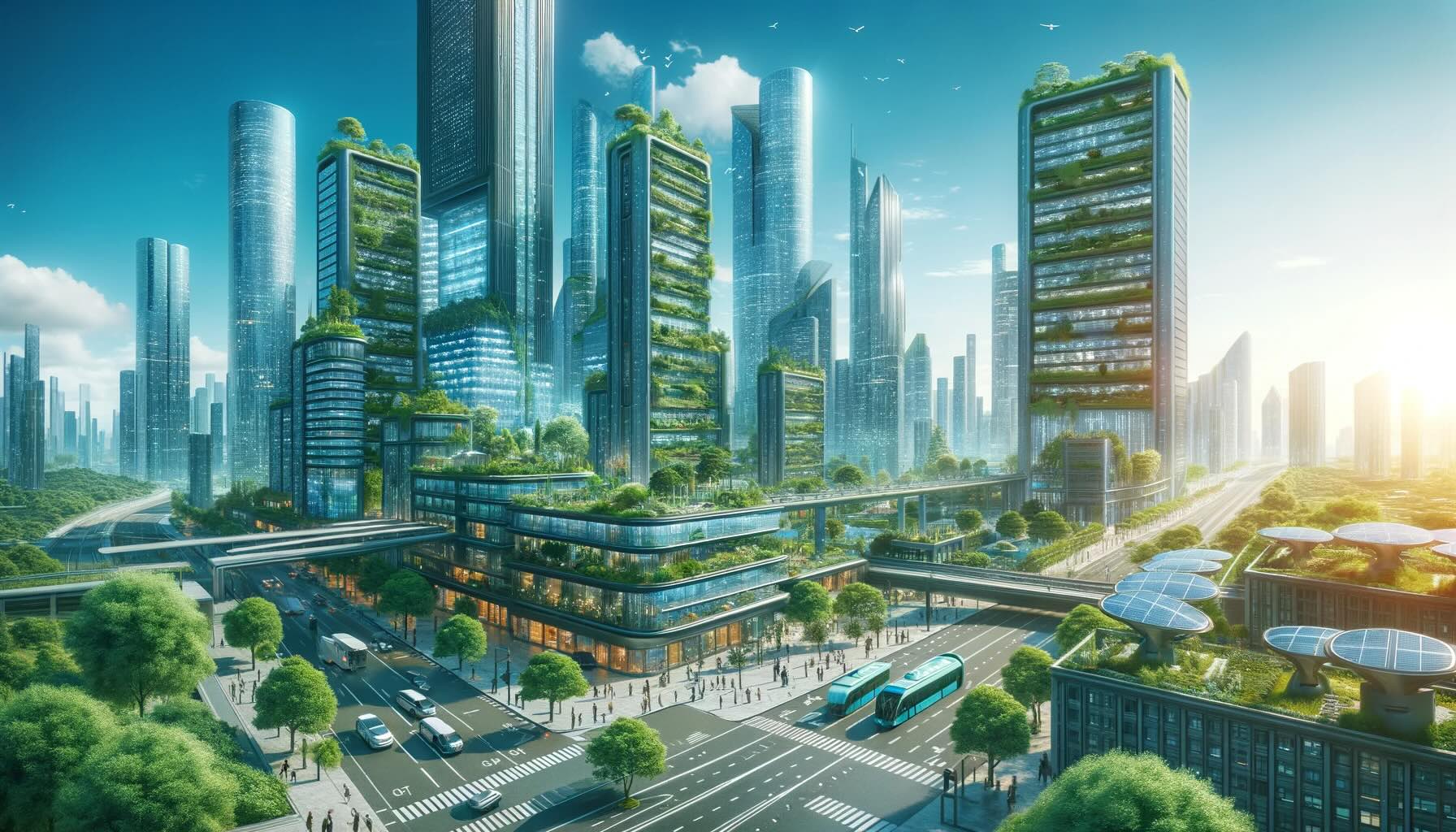What Are Carbon Credits?
The Theory Behind Carbon Credits
The idea is to reduce emissions by giving companies a financial incentive to lower their carbon footprint. If a company emits less than its allowance, it can sell its excess credits to another company that exceeds its limits. This creates a market for carbon credits, making it financially beneficial for companies to invest in cleaner technologies.
Carbon Credits: A Teenager’s Analogy
Let’s break it down with an example that’s easy to understand:
Imagine you’re a teenager with a weekly allowance, and you’re only allowed to spend it on certain things. If you want to buy something that’s not on the list, you need a special “permission slip” from someone who has extra and doesn’t need it.
Carbon credits work similarly. Companies are given a limit on how much they can pollute. If they want to pollute more, they need to buy carbon credits from others who haven’t used up their limit. This system caps total pollution and encourages companies to pollute less because they can sell their extra credits if they’re under the limit.
It’s like a game where the goal is to pollute less and earn or save money by not using up your “pollution allowance.” The less you pollute, the more credits you have to sell, and the more money you can make. It’s a way to motivate companies to be more environmentally friendly.
Conclusion
In summary, carbon credits are an innovative solution to a global problem, offering a way to balance economic growth with environmental responsibility. By turning carbon emissions into a commodity, we can create a market that rewards sustainability and penalizes waste.
